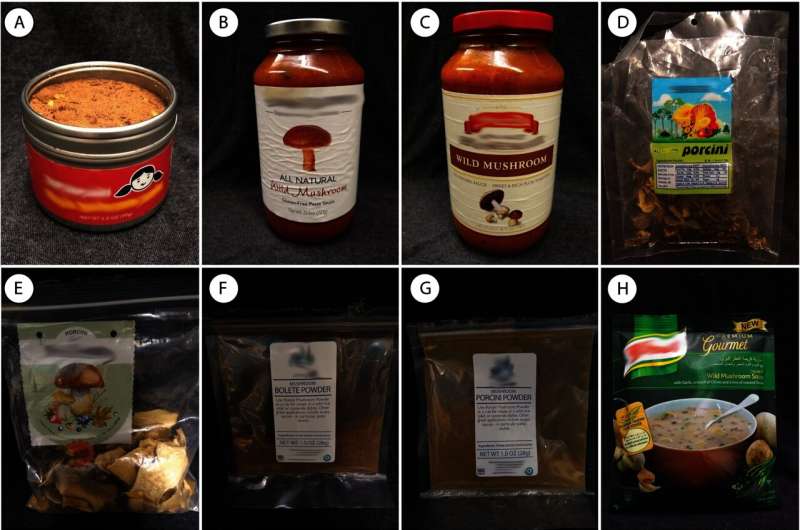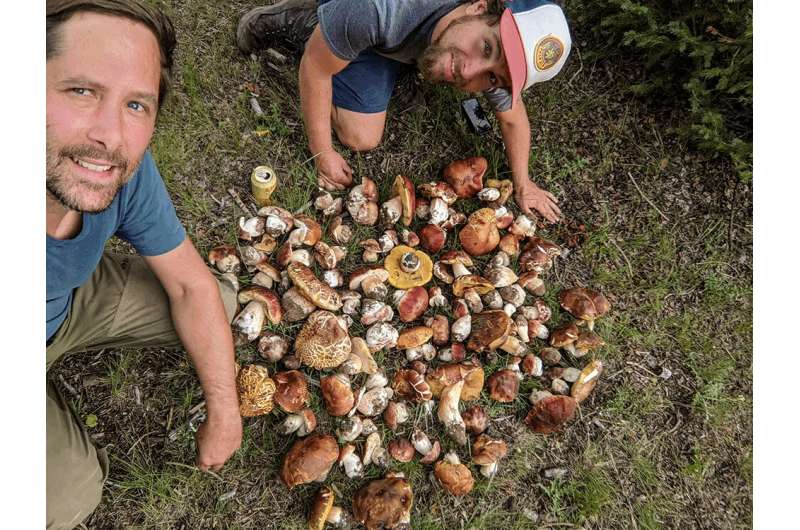O'Toole says doctors must refer for
services they object to, reversing pledge
WINNIPEG — Conservative Leader Erin O'Toole says he believes doctors must refer patients seeking services like abortion or medical assistance in dying to another provider if they object to performing these procedures themselves.
O'Toole faced questions Friday about his position on conscience rights for health professionals after a promise to uphold them appeared in his party's election platform.
"They will have to refer, because the rights to access those services exist across the country," he told reporters at a campaign stop in Winnipeg.
"We have to respect conscience rights but allow there to be referrals."
The position marks a shift from O'Toole's leadership run last year, when he vowedto protect the conscience rights of health professionals whose beliefs prevent them from performing a service or offering patients a referral.
Social conservatives have advocated that doctors and nurses with moral or religious objections to a particular procedure shouldn't have to refer patients for these services, including abortion, assistance in dying or gender reassignment surgery
O'Toole courted the party's social conservative base in the leadership contest in a move many believe contributed to his win over rival Peter MacKay.
On the campaign trailearlier this week, O'Toole didn't directly answer whether he thought conscience rights extended to referrals, but said Friday he believes that is something doctors must doas he sought to blunt a potential wedge issue.
O'Toole accused Liberal Leader Justin Trudeau of trying to divide Canadians because of his attack on Conservatives over the issue.
"It’s important for me to state that I’m pro-choice and I have a record very clear as an ally for the LGBTQ community. Because out of the gate in this pandemic election that no one other than Justin Trudeau wanted, every day he’s been trying to divide people, whether it’s on the pandemic itself or whether it’s on misleading people with respect to my record," he said.
The Tory leader also rejected suggestions he reversed his stance on the matter since winning the leadership.
"My position has never changed."
Unveiled in spring 2020, O'Toole's leadership platform pledged to defend “the conscience rights of all health care professionals whose beliefs, religious or otherwise, prevent them from carrying out or referring patients for services that violate their conscience.”
O'Toole made the lane change at a long-haul truck company warehouse on the outskirts of Winnipeg, where he was joined by prominent Manitoba Conservative MPs Candice Bergen and James Bezan.
Flanked by corrugated steel siding and a dozen Dijon mustard-toned semi trucks, O'Toole stressed his plan to incentivize hiring and create one million jobs as he sought to keep the focus on economic recovery.
This report by The Canadian Press was first published Aug. 20, 2021.
Christopher Reynolds, The Canadian Press





.jpg?ext=.jpg) Mochovce units 1 to 4 (Image: Slovenské elektrárne)
Mochovce units 1 to 4 (Image: Slovenské elektrárne)



